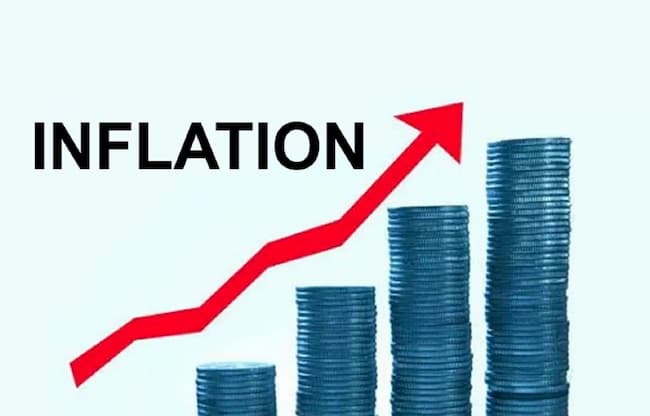The re-constituted Monetary Policy Committee (MPC) of the Central Bank of Nigeria (CBN) held its maiden meeting, the 260th meeting of the Committee, and its first in 2018, on April 3-4, 2018.
Below are the Top 7 take-aways from that meeting, extracted from the communiqué issued afterwards:
#1: Background
The Committee assessed the developments in the global and domestic economic environments during the first quarter of 2018, including the risks to price stability, financial stability, and economic growth in the short-to-medium term.
Nine members of the Committee attended the meeting.
#2: Global Economic Developments
The strong headwinds which confronted the global economy in 2017 showed signs of moderation, giving way to prospects for stronger growth in 2018.
With the sustained recovery in oil prices, aggregate demand is expected to continue to firm up. Growth in the advanced economies is projected at 2.3 per cent in 2018, and 4.9 per cent for emerging markets and developing economies (EMDEs).
#3: Domestic Output Developments
The economy grew overall by 0.83 per cent in 2017. The main drivers of real GDP growth were agriculture (1.08%), industry (0.56%) and trade (0.35%). Non-oil real GDP grew by 1.45 per cent in the fourth quarter of 2017 compared with a contraction of 0.76 per cent in third quarter of 2017, indicating that the economy is gradually returning to a path of sustainable positive growth.
#4: Developments in Money and Prices
The Committee noted that money supply (M2) grew marginally by 0.07 per cent in February 2018 (annualised to 0.42%), in contrast to the provisional growth benchmark of 10.29 per cent for 2018.
Inflationary pressures in the economy continued to moderate with headline inflation (year-on-year) receding for the thirteenth consecutive month to 14.33 per cent in February 2018 from 18.72 per cent in January 2017.
#5: Overall Outlook and Risks
Forecasts of key macroeconomic indicators give a positive outlook for the Nigerian economy in 2018. This is predicated on the quick passage and effective implementation of the 2018 budget, improved security, foreign exchange market stability as well as favourable crude oil prices. On the downside, the Committee noted the potential impact of the 2019 election-related spending, against the weak backdrop of tax revenue efforts, herdsmen related violence and rising yields in the advanced economies.
#6: The Considerations of the Committee
The Committee noted with satisfaction the gradual return to macroeconomic stability as reflected in the third consecutive quarterly growth in real GDP in the fourth quarter of 2017.
Notwithstanding the general improvement in macroeconomic conditions, the Committee noted the rather slow pace of moderation in food inflation.
The Committee noted with satisfaction the gradual implementation of the Economic Recovery and Growth Plan, in an effort to stimulate economic recovery.
The Committee noted the relatively strong balance sheets of the deposit money banks’ and the stable outlook.
The Committee reiterated the Bank’s commitment to delivery of low interest credit as evidenced in its bold steps to adopt unconventional monetary policy to aid credit flow to vulnerable and growth enhancing sectors of the Nigerian economy.
#7: The Committee’s Decisions
In consideration of the foregoing, the Committee decided unanimously by a vote of all members present to retain the Monetary Policy Rate (MPR) at 14.0 per cent alongside all other policy parameters.
Consequently, the MPC voted unanimously to retain the:
(i) MPR at 14.0 per cent;
(ii) CRR at 22.5 per cent;
(iii) Liquidity Ratio at 30.0 per cent; and
(iv) Asymmetric corridor at +200 and -500 basis points around the MPR.
















